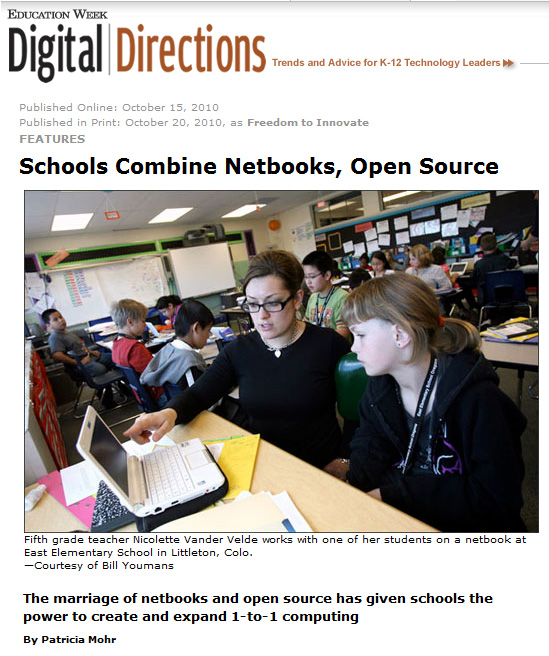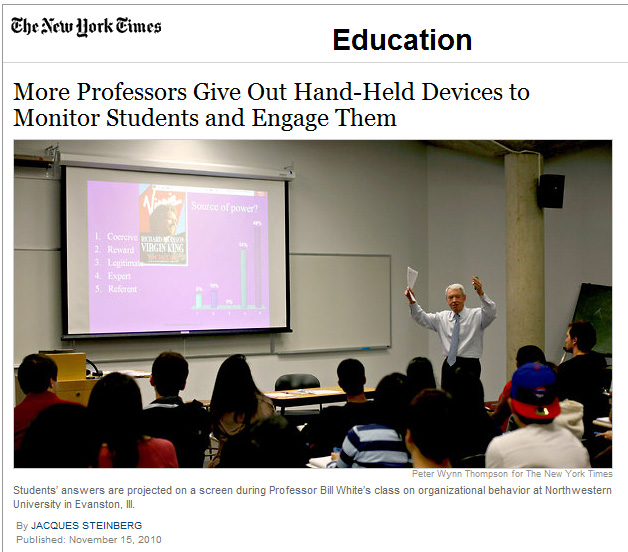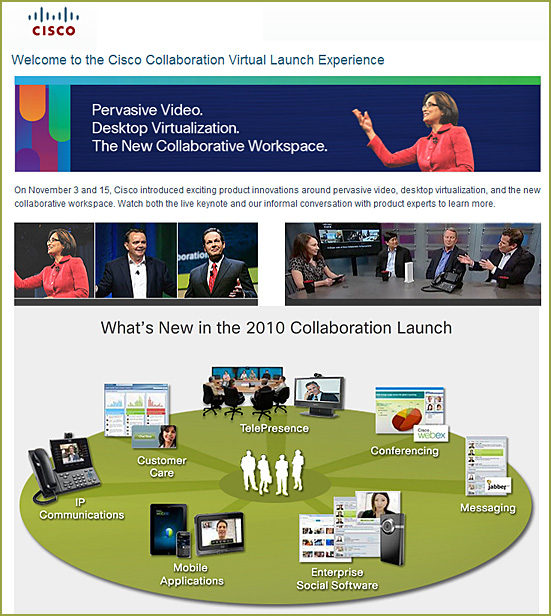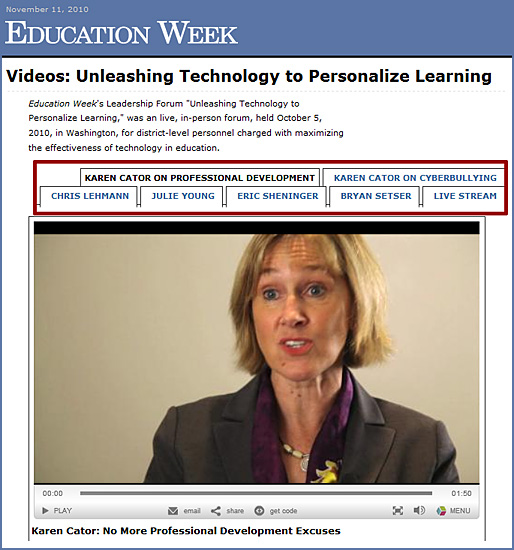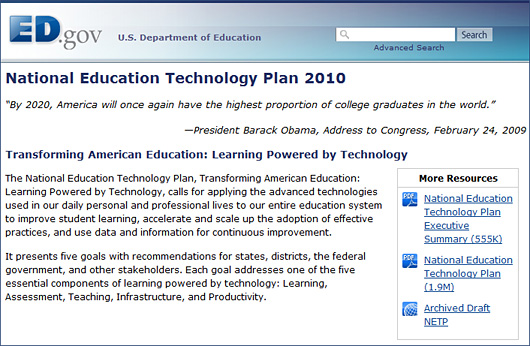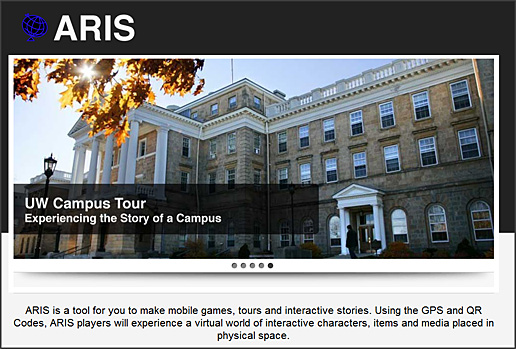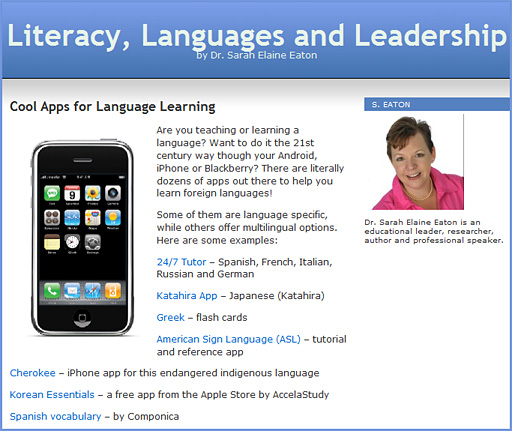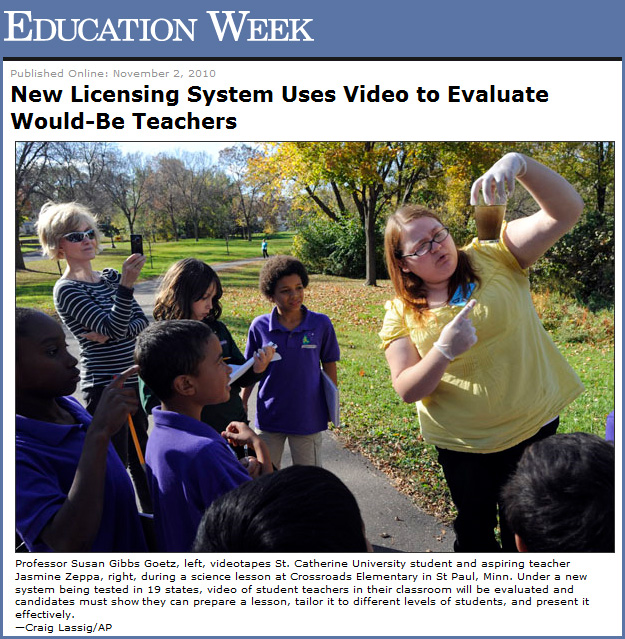Online learning official: Lecture capture helps students ‘review, review, review’ — from CampusTechnology.com by Dennis Carter
UMass Lowell leader eases faculty concerns over video lectures as program proves popular among students
Jacqueline Moloney wants college students to do less transcribing and more listening.
Moloney, executive vice chancellor and head of online learning at the University of Massachusetts Lowell campus, has overseen an effort to make lecture capture technology a standard feature in the university’s classrooms, along with a host of other technologies that can be tailored to fit instructors’ preferences.
Along with a suite of other technologies—digital document cameras and interactive LCD touch screens among them—about one-third of UMass Lowell’s classrooms have been equipped with lecture capture programs that, Moloney said, let students “review, review, review” by rewinding the video lectures and hashing over complex concepts.
Furiously jotting down every key point that instructors make, she said, isn’t for everyone.
“I personally love to take notes,” said Moloney, who has headed UMass Lowell’s online learning program since it launched in 1996. “But with lecture capture, we find that students are able to focus and listen to what faculty members are explaining, versus having to scribble down every single word.”
She added: “You lose a lot of what the faculty is trying to teach you when you focus more on transcribing. With [lecture capture], students don’t feel nearly the pressure to take down every word.”
From DSC:
I know such an endeavor/service such as lecture capture would have helped me in several of my classes during my college days. It would have allowed me to be more “cognitively there” and actually free to reflect on what was being said (instead of madly trying to write down what the professor said before he/she erased the board.) Some faculty are using such tools as Wimba Classroom to do their own lecture capture, with students in mind who don’t have English as their primary language. Such a service allows these students to stop, rewind, play again, etc. — as many times as they need to without disrupting the rest of the class.









